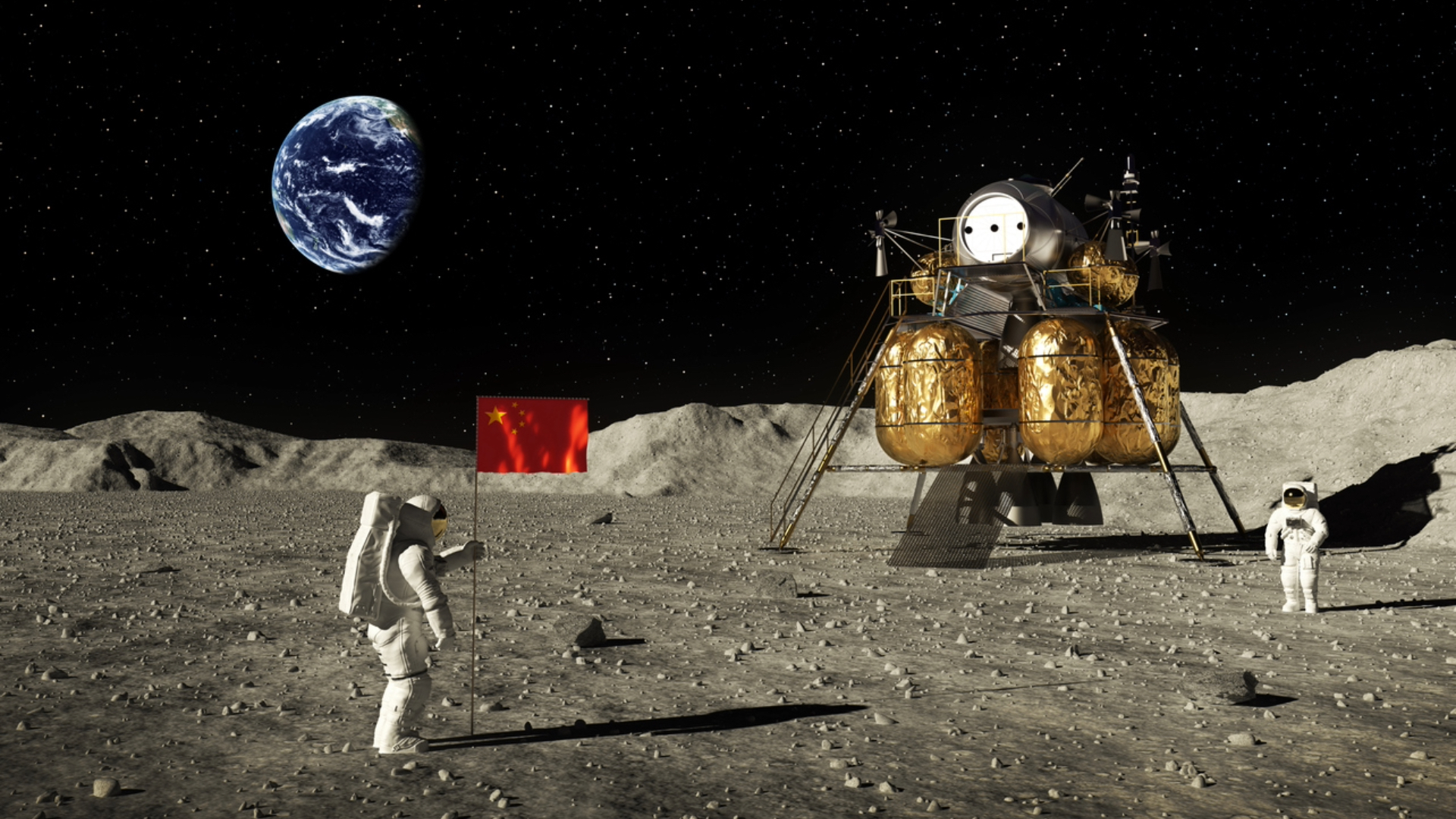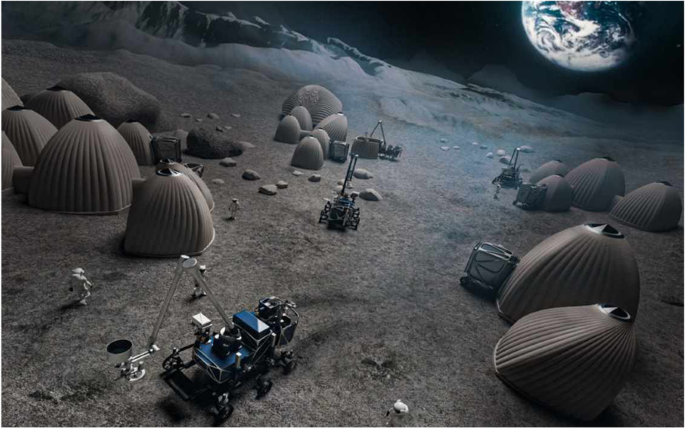In a bold leap toward building a permanent human presence on the Moon, China has announced plans to 3D-print bricks using lunar soil by 2028. This innovative mission, part of the upcoming Chang’e 8 spacecraft, is not just a technical demonstration—it’s a strategic move toward realizing the International Lunar Research Station (ILRS), a joint Chinese-Russian vision for a sustainable base on the Moon.

The idea may sound like science fiction, but it’s grounded in a powerful concept known as in-situ resource utilization (ISRU)—the use of materials found on other celestial bodies to support exploration, construction, and potentially even human life. Instead of launching massive payloads of building materials from Earth, which is both logistically complex and prohibitively expensive, China aims to harness lunar regolith (the Moon’s surface soil) to create construction-grade materials directly on the Moon itself.
How It Works: Turning Moon Dust into Bricks

The Chang’e 8 mission is expected to test a groundbreaking 3D-printing system designed to transform the Moon’s raw materials into building blocks. This system involves collecting solar energy, which is abundant on the Moon’s surface, and concentrating it through fiber-optic cables to produce extreme heat. The targeted temperature, between 1,400 and 1,500 degrees Celsius (2,552–2,732°F), is hot enough to melt lunar soil.
Once the soil is melted, the material can be shaped into bricks using 3D printing technology. The molten regolith will solidify into sturdy bricks as it cools, which can then be used to construct lunar habitats, landing pads, or protective walls. These structures could shield astronauts from harmful radiation, extreme temperatures, and micrometeorite impacts—harsh realities of the Moon’s environment.

Why It Matters
Transporting materials from Earth to the Moon is one of the biggest challenges in space exploration. Every kilogram launched into space costs thousands of dollars, not to mention the complexity of maintaining material integrity during launch, space travel, and lunar landing. By building directly on the Moon, China could dramatically reduce costs and increase the feasibility of long-term lunar missions.
This approach also reflects a growing shift in space strategy, where nations are not just visiting the Moon—they’re planning to stay. Creating infrastructure from local materials is a cornerstone of sustained extraterrestrial presence, and China is positioning itself at the forefront of that movement.
A Step Toward Lunar Settlements
The success of this technology could pave the way for even more ambitious goals. The International Lunar Research Station, which China hopes to establish in the 2030s, would be a permanent lunar base for scientific research, exploration, and potentially future commercial activities. 3D-printed structures made from lunar soil could house labs, living quarters, greenhouses, and communication facilities.
Moreover, China’s lunar construction initiative could inspire international collaboration. While the ILRS is currently a China-Russia partnership, the project is open to other countries and agencies. This could mark a new era of cooperative lunar development, where scientific and engineering knowledge is shared to benefit humanity’s collective space ambitions.
Looking Ahead
China’s lunar brick-printing plan isn’t just a fascinating technological feat—it represents a paradigm shift in how humans may live and work in space. If successful, it will be the first demonstration of real, large-scale construction using extraterrestrial materials. And while challenges remain, including testing equipment in the Moon’s reduced gravity and ensuring structural durability, the project symbolizes a powerful step forward in making lunar habitation a reality.
In conclusion, by aiming to 3D-print bricks from Moon dust, China is not just building structures—it’s building the future. A future where human settlements off Earth are not just possible, but practical, sustainable, and perhaps even commonplace.


